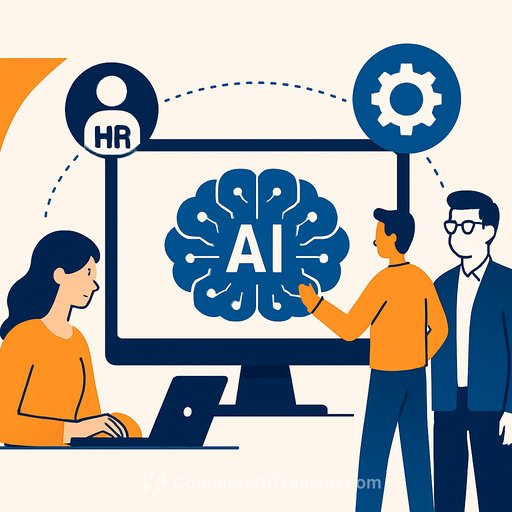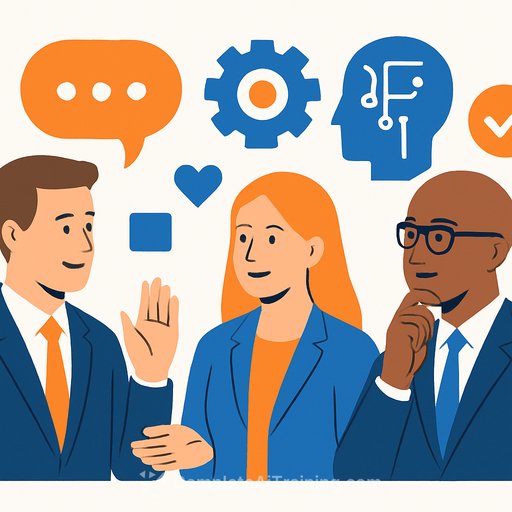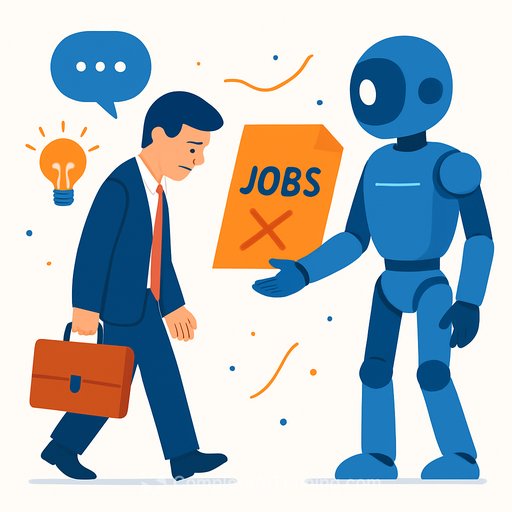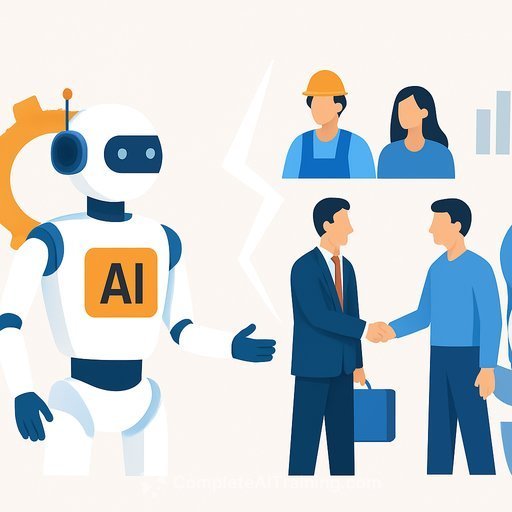Why Firms Are Merging HR and IT Departments
The rise of AI is prompting companies to rethink their organizational structure. Most people have a general idea of what HR and IT departments do: HR manages people, while IT handles technology. Traditionally, these functions have been separate, but some companies are now combining them under a single leadership role. This shift largely stems from the impact of AI on how work gets done.
A recent survey by Nexthink found that 64% of senior IT decision-makers at large companies expect HR and IT to merge within five years. This signals a significant change in how businesses approach workforce and technology management.
Moderna’s Integrated Approach
At biotech company Moderna, Tracey Franklin serves as the chief people and digital technology officer, overseeing both HR and IT. With over 5,000 employees, Moderna uses this combined leadership to align people and technology strategies. Franklin explains that her role goes beyond traditional HR and IT tasks—she designs how work flows through the organization, deciding where technology, including AI, complements human skills.
Moderna partners with OpenAI and has trained its entire workforce to use tools like ChatGPT. The goal is to empower employees to redesign their workflows by mastering AI technology. Franklin emphasizes that leaders don’t need to be experts in both fields but must set vision, allocate resources, remove obstacles, and foster a culture that embraces change.
Importantly, the merger doesn’t mean HR staff become IT experts or vice versa. Instead, each team continues to focus on their specialties within a unified structure.
Covisian’s Unified HR and IT Leadership
Covisian, a company specializing in customer care software and services, merged its HR and IT teams in April 2023 under Fabio Sattolo, who moved from CTO to chief people and technology officer. Sattolo highlights the benefit of having a shared vision for the impact of technology on people and vice versa.
In Covisian’s call centres, AI assists human agents by handling routine processes, while employees focus on solving customer problems. This requires training agents not only in customer service but also in how to effectively use AI tools.
Previously, HR and IT sometimes clashed over priorities. Now, with a single decision-maker, development speed and effectiveness have improved. For example, a new internal job postings tool created by the combined teams doubled employee responses, helping agents explore other roles within the company.
Sattolo notes that the biggest challenge was bridging cultural differences—HR teams are good listeners, whereas IT teams often struggle with communication. To overcome this, he appointed neutral leaders to facilitate collaboration and negotiation between the groups.
A Word of Caution
David D’Souza from the CIPD, the professional body for HR, warns that while HR and IT skillsets complement each other, they don’t overlap much. Complex people challenges require deep organizational insight, which differs from IT expertise. Greater collaboration makes sense, but fully merging departments risks diluting the specialized skills essential for success.
Bunq’s Collaborative Model
Online bank Bunq operates with its IT and people teams within a larger unified group. Bianca Zwart, Bunq’s chief strategy officer, explains that both teams build systems supporting the business, so working closely is a natural fit.
Bunq is focused on blending AI and human work. They encourage employees to build their own automations and AI processes to meet their needs. The bank aims to automate 90% of operations by the end of 2025 but continues hiring without layoffs.
According to Zwart, AI will handle repetitive tasks, freeing employees to focus on more complex challenges. The company strives to make every person self-sufficient in adapting to this new way of working.
What HR Professionals Should Take Away
- AI is reshaping how work is organized, making it important for HR to collaborate closely with IT.
- Leadership that combines HR and IT functions can create a clearer vision for integrating technology and people strategies.
- Training employees to use AI tools effectively is crucial for maximizing productivity and engagement.
- While merging teams can improve agility, maintaining specialized HR expertise remains critical.
- Successful integration often requires addressing cultural differences and fostering communication across disciplines.
For HR professionals looking to strengthen their AI skills and understand how technology is changing workforce management, exploring targeted courses can be valuable. Platforms like Complete AI Training offer tailored learning paths that help HR teams stay ahead.
Your membership also unlocks:






